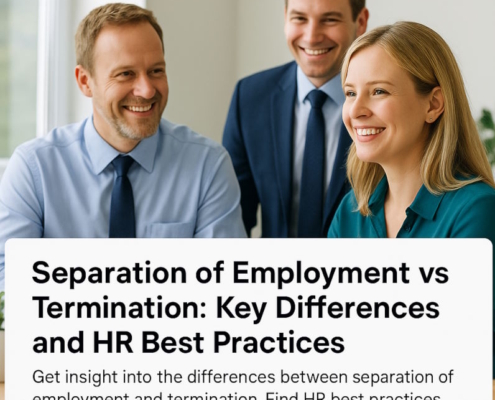Introduction
If you are worried about how you can save enough for retirement, you may be pleased to know that your employer is also contributing to your retirement accounts. Most companies in the US have an employer match where they match your 401k contributions up to a certain amount. Here’s everything you need to know about employer matching, including if the employer match counts towards the 401k limit.
How Does the 401k Contribution Limit Work?
Because 401k contributions happen pre-tax, the IRS implements 401k contribution limits so that 401k retirement accounts don’t become a tax avoidance method. The IRS 401k contribution limits change each year, and it will vary depending on how close you are to retirement.
In the 2023 tax year, the 401k contribution limits are:
- $22,500 for people under 50.
- People who are 50 or over have a $7,500 top-up to their 401k contribution limit.
In the 2024 tax year, the 401k contribution limits are:
- $23,000 for people under 50.
- People who are 50 or over have a $7,500 top-up to their 401k contribution limit.
The reason that people over 50 get an additional allowance to their 401k contribution limit is to allow them to increase their retirement contributions as they near retirement.
Employer Match
Saving towards retirement is not your burden to bear alone. Your employer will match your 401k contributions up to the employer-specified limit. Each employer can choose how they cap the employer match.
There are generally two ways an employer will match your 401k contributions:
- A percentage match – An employer can choose to match 50% (or any other percentage) of your 401k contributions up to a cap. So the employer may state that they will match 50% of your 401k contributions up to a maximum of $2,000 per year.
- A full match – An employer may choose to match 100% of your 401k contributions but cap the maximum amount they are willing to contribute. For example, they may choose to match 100% of your 401k contributions up to a maximum of $2,000 per year.
The cap amount can either be expressed as a dollar amount or a percentage of salary, depending on the employer. Many employers choose a percentage employer match because it means the employee needs to contribute double to max out the employer match.
In addition, many employers also have a vesting schedule for their 401k employer match to encourage employees to stay with a company for a minimum amount of time. You should find out what the employer match vesting schedule is for your company so you can make informed decisions about your career and your 401k. It might be worth sticking around a little longer until your 401k employer matches vest so that your 401k retirement accounts have a nice little boost.
No matter which way your employer handles the 401k employer match, it will only be a small portion of the 401k contribution limit.
Does the Employer Match Count Towards the 401k Limit?
No, the employer match does not count towards the 401k contribution limit. So, if you are to max out the $23,000 contribution limit for the 2024 tax year, then the 401k employer match will be bonus money on top of that. However the IRS has a maximum total contribution limit that does include the employer match. In 2024, the maximum total amount of 401k contributions is the lower of 100% of an employee’s compensation or $69,000, whichever is less. So, if your salary is $40,000, then your 401k contributions and employer match could not exceed $40,000.
In 2023, the maximum total amount of 401k contributions is the lower of 100% of an employee’s compensation or $66,000, whichever is less.
The catch up 401k contributions for people over the age of 50 would still apply in addition to the above maximums. So someone over the age of 50 would be able to contribute a maximum of $76,500 to their 401k in 2024.































